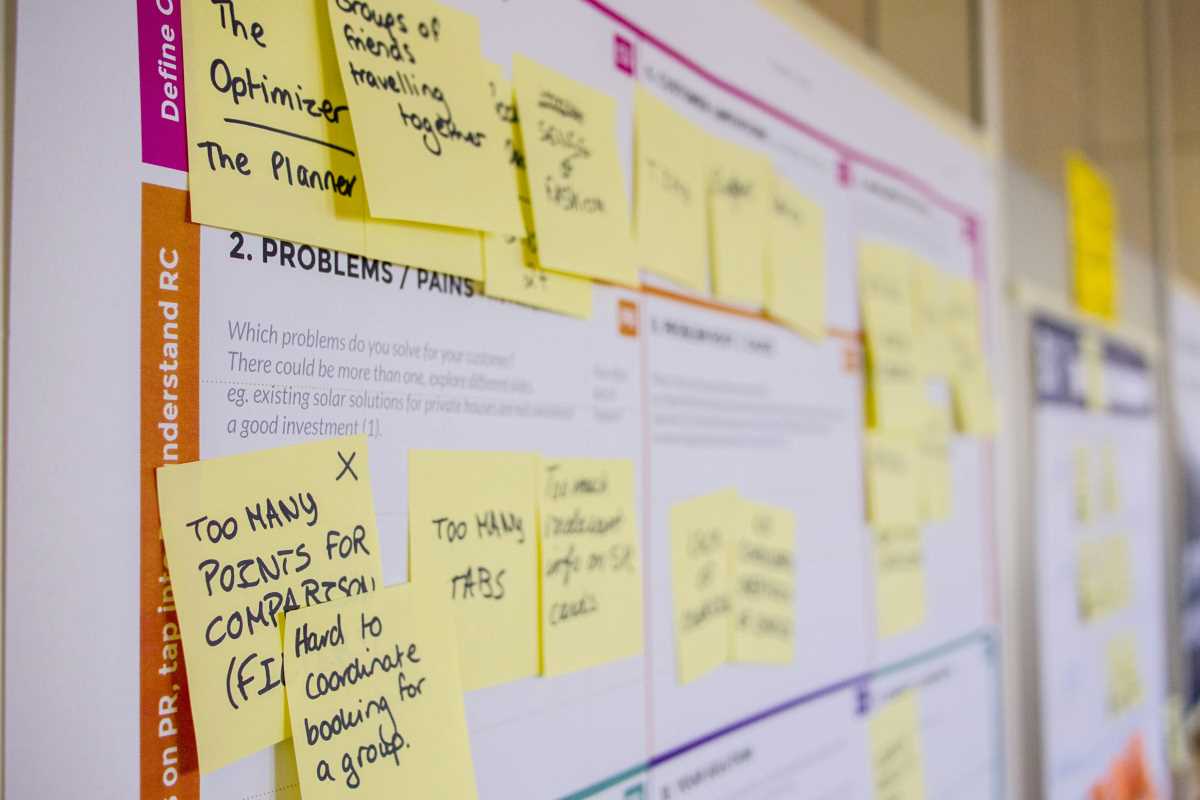Imagine you order a pizza through an app. An algorithm takes your order, an automated kitchen prepares it, and a self-driving scooter delivers it to your door. This might sound like science fiction, but parts of this process are already here. Automation is no longer just about giant robots in car factories. It's a powerful force of software, artificial intelligence, and smart devices that is quietly reshaping every industry, from how we shop to how businesses manage their finances. As repetitive and predictable tasks get handed over to machines, companies can't just keep doing things the old way. They need to get creative, flexible, and ready to change on a dime. This means rethinking their entire game plan and adopting new, adaptive business models built for a world where automation is the new normal.
What Automation Really Means Today
When we hear "automation," we often picture physical robots. While they are part of the story, the biggest changes are coming from software. Think about the chatbots that answer your questions online, the recommendation engines that suggest what to watch next, or the systems that automatically approve loan applications. This is automation in action. It's about using technology to handle tasks that are rule-based, repetitive, or involve analyzing huge amounts of data. This frees up human workers from tedious jobs and allows them to focus on more creative, strategic, and people-focused work. The automated economy isn't about replacing humans, but about changing what humans do best.
How Adaptive Business Models Work
To thrive alongside automation, businesses need to become more like LEGO sets—modular and easy to reconfigure. An adaptive model breaks away from the one-size-fits-all approach. Instead of selling a single product, a company might offer a core service with optional add-ons, allowing customers to build a solution that fits their exact needs. Pricing is also changing. Many are moving from one-time sales to subscription or pay-as-you-go models, which creates a steadier flow of revenue and a closer relationship with customers. Another key part is building platform ecosystems, where a company creates a digital marketplace that connects different groups, like drivers and riders or app developers and users.
The Power of Data and Quick Experiments
In an automated economy, data is like fuel. Adaptive companies are obsessed with it. They use automation to constantly collect information about what their customers want, how their products are being used, and where new opportunities might be. This creates a powerful "data loop": the more the business operates, the more data it gathers, and the smarter it becomes. This allows them to run rapid experiments. Instead of spending a year developing a new feature, they can launch a small version to a limited audience, measure the results in real-time, and decide whether to expand it, change it, or scrap it. This try-and-learn approach lets them adapt to market shifts almost instantly.
The Evolving Workforce
As automation handles routine tasks, the roles for people change. Smart companies are investing heavily in reskilling and upskilling their employees. A factory worker who once operated a single machine might be trained to oversee a team of robots. An accountant who used to spend hours on spreadsheets might now use their expertise to analyze AI-generated financial models. This creates a "human-in-the-loop" design, where technology handles the heavy lifting and people provide oversight, judgment, and creativity. The future of work is a partnership between humans and machines, with each side playing to its strengths.
Managing the Risks of Automation
With great power comes great responsibility. Relying on automation introduces new risks that leaders must manage carefully. Algorithmic bias is a major concern; if an AI is trained on flawed data, it can make unfair decisions. Transparency is also key. Customers and regulators want to know how automated systems are making choices that affect them. Companies need clear ethical guidelines and contingency plans for when automation fails. What happens if the network goes down or a software bug causes chaos? Adaptive businesses build resilience by having backup systems and human experts ready to step in at a moment's notice.
Your First 90 Days of Adaptation
For any leader feeling overwhelmed, the journey to becoming an adaptive business can start with small steps. In the next 90 days, a great first move is to identify the most repetitive, time-consuming tasks in your organization. These are prime candidates for automation. Next, start talking to your customers to understand their changing needs and where flexible solutions could help. You can also launch a small pilot project—a mini-experiment—to test a new subscription idea or a data-gathering tool. The goal isn't to transform overnight but to start building the muscles of experimentation and learning that will make your business strong enough for the automated future.







